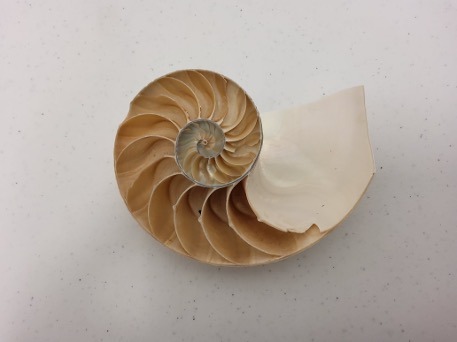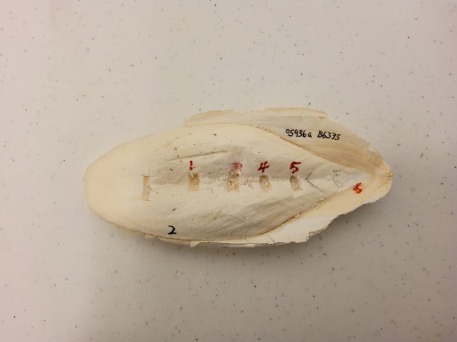
Ecology and Evolution of Chambered Cephalopods
A Fascination with the Phragmocone
This research is driven by a deep fascination with one of nature’s most elegant and enigmatic structures: the phragmocone—the chambered portion of a cephalopod’s shell. More than just a buoyancy device, I see the phragmocone as a biological data logger. Layer by layer, chamber by chamber, it records the history of the animal’s life, revealing changes in diet, metabolism, and habitat through ontogeny. By studying these structures, we gain access to ancient ecological stories written in stable isotopes and fossilized morphologies.
What Are the Phragmocone-Bearing Cephalopods?
Only a few cephalopods alive today retain this ancient structure. Nautiloids (Nautilus, Allonautilus) still carry external shells, while sepiids (Sepia, or cuttlefish) have internalized theirs into the cuttlebone. But these survivors are just a sliver of what once existed. The fossil record tells of a much richer past—of coiled ammonites and dart-shaped belemnites that once thrived across prehistoric oceans. What roles did they play in their ecosystems? How did they function, move, feed, and ultimately—why did most disappear?
Metabolism Through Deep Time
One of the most intriguing puzzles in cephalopod evolution is the role of metabolism in shaping both survival and extinction. I’m drawn to questions like: Could energy use have determined which lineages endured? Did metabolic flexibility help some adapt while others vanished?
To explore these ideas, I use stable isotope analysis—specifically a comparative metric known as Cmeta.
This value gives us a window into an organism’s aerobic capacity, offering insights into how active or energy-demanding their lifestyle might have been. When applied across living and extinct groups, this framework begins to reveal patterns—but it also raises more questions than answers.
Rethinking Cephalopod Evolution
Why do cuttlefish, with their fast growth and high activity, show markedly different metabolic signals than nautiloids?
How do nautiloids compare to ammonites—once their coiled contemporaries?
And perhaps most provocatively: What allowed nautiloids to survive mass extinctions while ammonites vanished?
Could a subtle physiological trait, such as metabolic scope, have tipped the scales? Or did refuge habitats, reproductive strategies, or chance events play a larger role?



